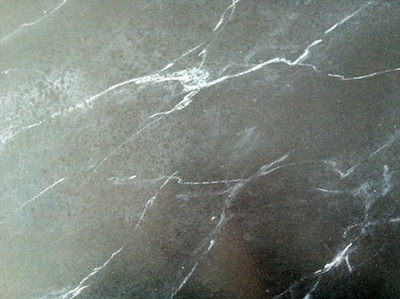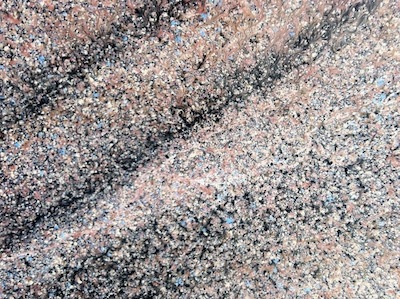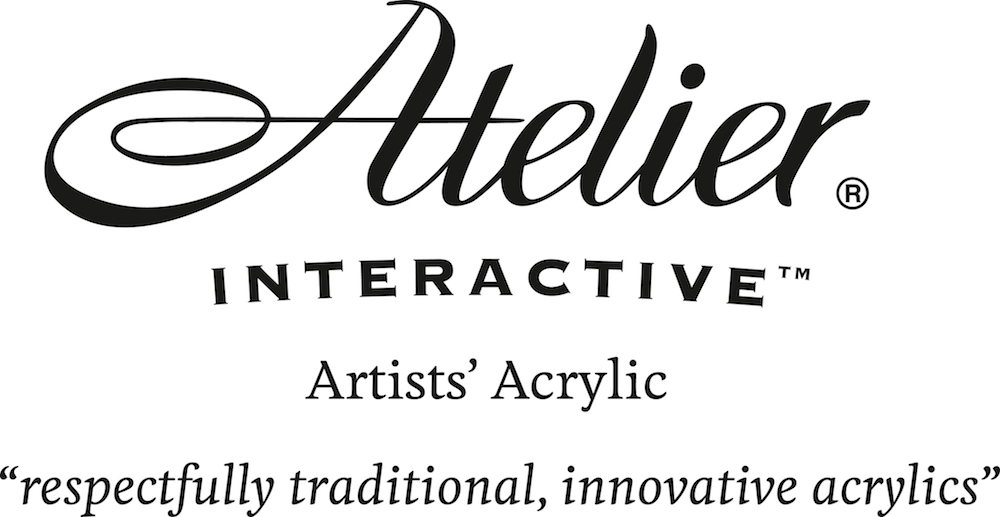Faux Painting - More Than Just Cheap Trickery.
Bring the old masters’ techniques to life in your own faux painting practise.
Faux is a French word meaning false or fake. Faux painting is just that. Creating the illusion of timber, stone, steel, all sorts of different surfaces, using just paint. It’s amazing what can be achieved.
Masters can make almost exact facsimiles of walnut, oak or almost any timber; as well as hundreds of different types of marble. There are many other effects that can be created using faux finishes. Polished aluminium, pewter, stone and even fabric to name a few.
If you look carefully at old masters’ paintings, faux finishing techniques are often used.
I love them. As well as being effective additions to your paintings, faux techniques can also be great for developing painting skills.
Faux techniques will teach you about using the brushes you already have, and also about a whole range of brushes you may not have come across before. Floggers, dagger brushes, badger brushes and softeners. Using some of these will teach you a lot about the characteristics of all brushes. You will find new ways to use some of them in your paintings, and also discover other tools along the way. Feathers can be excellent for marbling techniques, as well as combs, credit cards squeegys etc. These can all be used to create wonderful illusions.
Faux finish techniques are also great for using as part of your paintings. Lovely old patinaed walls make an excellent backdrop for a figures or still life paintings. You may want a marble column to wrap a nude around. You can use timber finishes to paint the handles on old timber paint brushes, or window frames, or even paint your canvas to look like a large slab of timber, and paint a handful of objects to appear thrown onto the surface. Get the idea? So many possibilities.
Then there is the wonderful world of aging, distressing and antiquing. While you can use all these techniques in your paintings, your self-expression doesn't have to stop there. Faux painting techniques can be used on your picture frames too.
If you are like me, making art extends into making other "stuff". Cupboards, shelfy things and just "stuff" can all be made much more exciting and compelling with strategically placed paint, and even a gentle beating to create some “history”.
Traditionally, many of the faux techniques were done with oils. You’ll be pleased to know, in my opinion (and for many reasons) acrylics are better. They dry fast, have no fumes, and can be overpainted very quickly. If you want to slow down the drying time, you can even do that.
Almost any faux painting technique that can be done with oils can also be done with acrylic.
Faux techniques can also be used in contemporary settings. You can elevate a simple object by placing it on a “marble” plinth. Or even turn the patterns made in your marbling, into ???? Whatever you want! Think outside the box.
Part of the power of doing faux painting is that it forces you to ask - “How do I achieve this effect?” “What tools will I need?” “And how do I use them?”
This is the same process that you will need to make your “everyday” paintings.
It will lead to a greater understanding of the nuances of all your brushes. AND your paint.
That’s gotta be good!
To check out the full video tutorial for the marble effect shown above, watch this:
Back To Acrylic Painting Techniques
Back To Explore Acrylic Painting Home Page






















New! Comments
Have your say about what you just read! Leave me a comment in the box below.